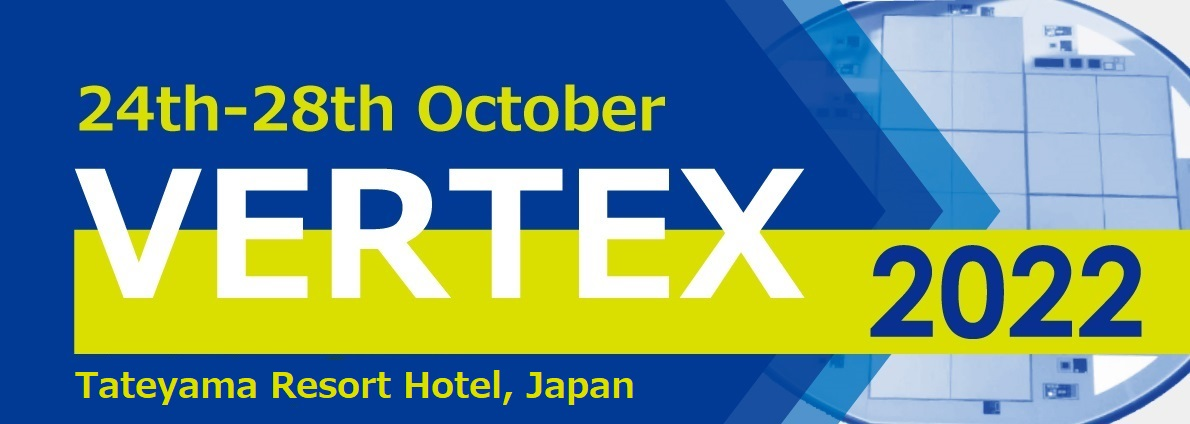Speaker
Description
In the high-luminosity era of the Large Hadron Collider, the instantaneous luminosity is expected to reach unprecedented values, resulting in up to 200 proton-proton interactions in a typical bunch crossing. To cope with the resulting increase in occupancy, bandwidth and radiation damage, the ATLAS Inner Detector will be replaced by an all-silicon system, the Inner Tracker (ITk). The innermost part of the ITk will consist of a pixel detector, with an active area of about 13 $\mathrm{m}^2$. To deal with the changing requirements in terms of radiation hardness, power dissipation and production yield, several silicon sensor technologies will be employed in the five barrel and endcap layers. Prototype modules assembled with RD53A readout chips are being built to evaluate their production rate, thermal and electrical performance, and performance before and after irradiation. In addition, the new powering scheme – serial – will be employed in the ITk pixel detector, which will help to reduce the material budget of the detector as well as power dissipation. Multiple system-level tests are done with serial powering of pixel modules. This contribution presents the latest development of prototype modules, serial powering tests, and procedures of integration of modules and electrical services.
| contact person e-mail | hayward@liverpool.ac.uk |
|---|
